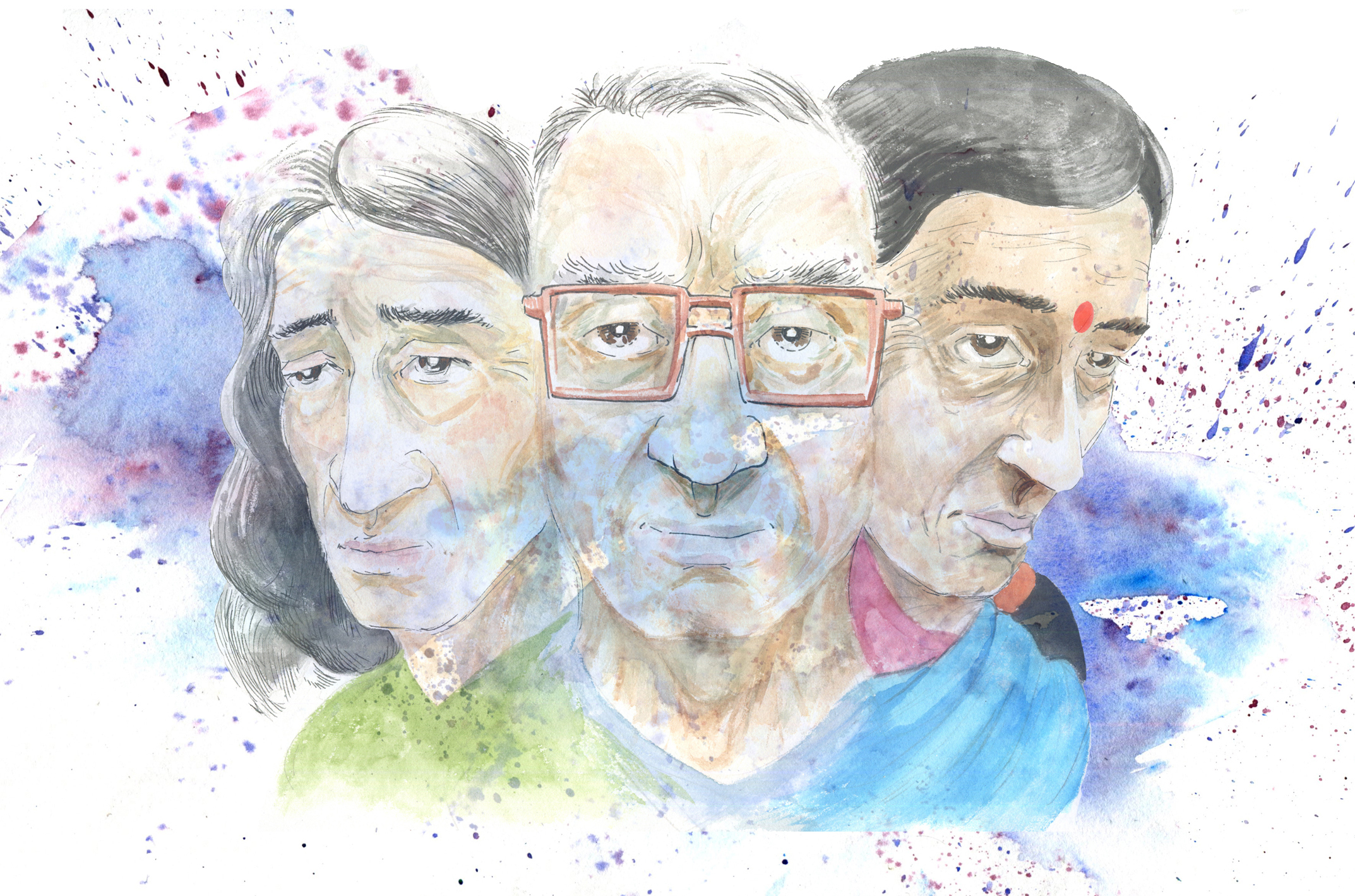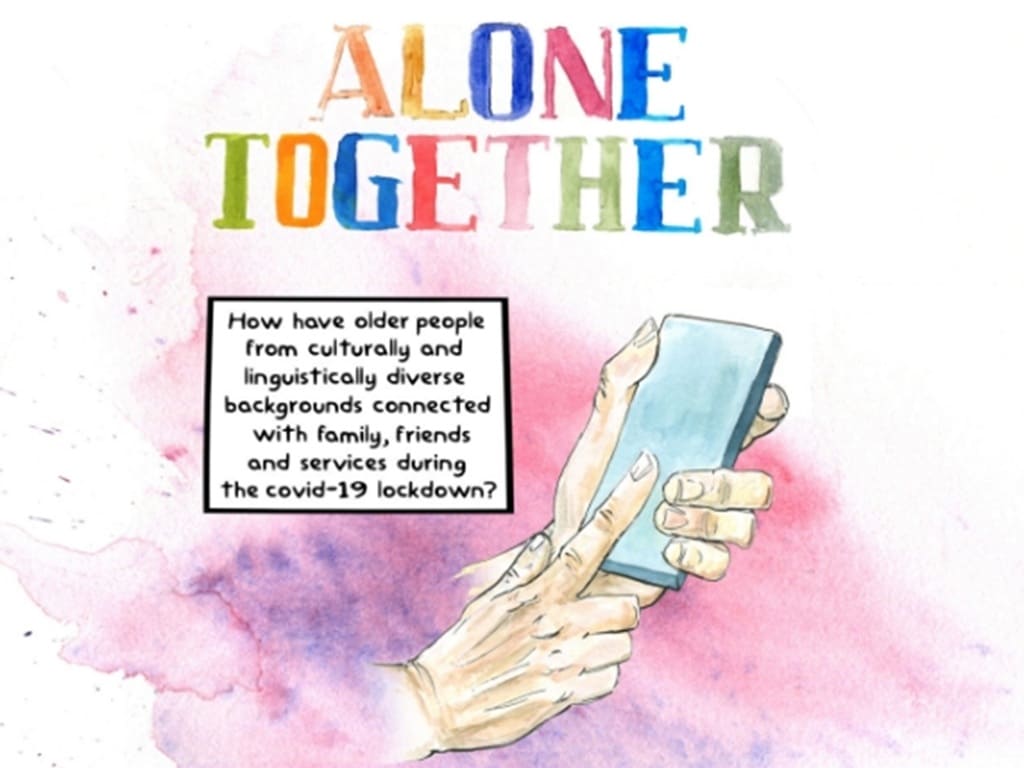Artwork by Safdar Ahmed
Despite its imperfections and limitations, I’m really interested in how knowledge developed from academic research, can be disseminated to end-users and other non-academic audiences that could benefit. I want my work to have an impact, and speak beyond ‘stakeholders’ and my own intellectual communities. To that end, I’ve typically done inter-disciplinary research in partnership with community organizations. I have written elsewhere about the importance of going beyond “community as participants” to also being involved in developing research questions and methods, being supported to develop research capacity and capability, as well as developing meaningful outputs. In terms of the latter, I try and communicate research findings “back” to participants and their communities in ways that are meaningful and accessible, so as not to further compound inequity. Traditional academic dissemination pathways like reports and peer-reviewed journal articles meet the requirements for rigor by academic communities and stakeholders but can be inaccessible due to paywalls and complex writing. My efforts to disseminate this knowledge have varied from presentations to developing alternatives to peer-reviewed publications. For example in a project with Refugee background women who were sole heads of the household, we produced both a report and a pamphlet. The hope was that the report could be used by policymakers, practitioners, and community members as a way of demonstrating accountability for using money to do research and that the pamphlet could summarise the findings in a less text-heavy way and make it accessible for advocacy and application. On a related note, the project took place after a year of consultation with Refugee communities in New Zealand and reflected our team’s interest in engaged scholarship and collaborative inquiry where we valued diverse perspectives especially lived experience.
Presenting findings in an accessible and appealing way, particularly in ways that are not premised on high levels of health literacy and language proficiency was important for the Alone Together project. I chose to use graphic narratives with a visual emphasis, and as little text as possible. Comics can help pose multilayered questions, challenge stereotypes, humanise participants and provide a call to action for members of the broader public to be allies for this group. I was motivated to find a widely distributed medium where participants could see themselves and where the comic could used to facilitate change and improvement and engage a broader audience, including education, practice, policy and community. Ultimately, I was hoping that the comic could be a vehicle to facilitate empathic engagement, reflection and dialogue by readers from within and outside their communities.

Artwork by Safdar Ahmed
Feedback
A very moving and heartfelt piece.
Oh Ruth. This is such a powerful and beautiful piece.
There are so many voices that are yet to be heard in this COVI9 journey, and I am so grateful that you are able to share them, and in such a respectful way. Thank you for the work you do, and it is incredible to see this translated like this.
Such an outstanding project; including the role of creative practice front and centre. There is much we can learn from this example.
It’s a great example of how creative forms of research translation can engage publics in alternative and powerful ways.
This piece is beautiful, visually and textually. Such a great way to convey profound truths.
Dear Ruth, we met years ago and I will always remember your vivacious energy and sharp mind. Just wanted to let you know that I shared your recent article about older immigrant experience of COVID with the Cert III and IV aged care students at Victoria University. Great feedback. You’re a star. Thanks for your continuing communication of these important issues.
